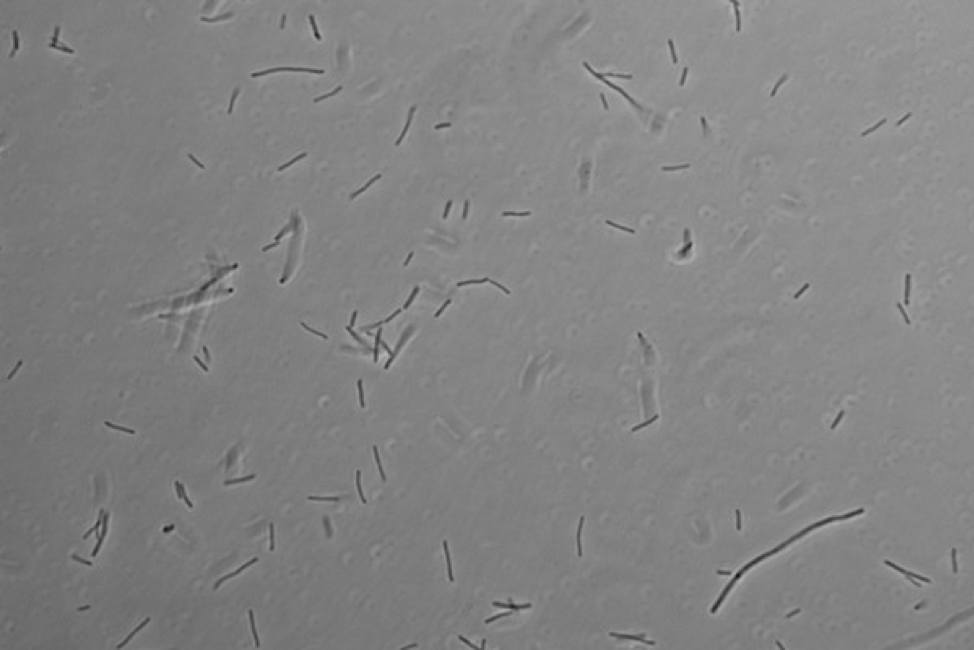-
Extremophiles That Love Water Heaters
January 28, 2019 / Posted by: Miki Huynh
Scientists, with the help of citizen scientists, have discovered heat-loving microbes living in water heaters in homes across the United States. Image source: Zhidan Zhang / Penn StateWith the help of citizen scientists, researchers have discovered that hardy microorganisms able to live in hot springs and thermal vents are also thriving in water heaters in various homes across the US. The strain T. scotoductus, a strain that has been discovered in environments such as hot springs and gold mines throughout the world, dominates even in locations near the hot springs of Yellowstone National Park where other thermophiles might be expected to predominate.
The research is published in Extremophile.
Excerpted from the press release from Penn State News:
“Water heaters are unique because they are isolated from each other by cooler temperatures in water lines,” said Christopher House, professor of geosciences and director of the Penn State Astrobiology Research Center and the NASA Pennsylvania Space Grant Consortium. “This study helps us learn more about how microbes are spreading and how they are inhabiting these environments we have inadvertently created for them.”
Cooler temperatures would not kill the microbes, meaning they could survive being transported between water heaters, scientists said. However, further study is needed to determine the exact paths extremophiles take to enter our homes.
Citizen scientists submitted filters and water samples from their homes as part of a collaboration between the NASA Astrobiology Institute and the NASA National Space Grant Fellowship and Scholarship Program.
Researchers analyzed DNA sequences found on the collected filters and grew cultures from the water samples. Together, these different data sets provided a novel view of the thermophilic microbes inhabiting water heaters across the nation. Analyses of the data included comparing genetic differences between samples to the physical distance between their water heater locations.
Source: [Extremophile (via Penn State)]
- The NASA Astrobiology Institute Concludes Its 20-year Tenure
- Global Geomorphologic Map of Titan
- Molecular Cousins Discovered on Titan
- Interdisciplinary Consortia for Astrobiology Research (ICAR)
- The NASA Astrobiology Science Forum Talks Now on YouTube
- The NASA Astrobiology Science Forum: The Origin, Evolution, Distribution and Future of Astrobiology
- Alternative Earths
- Drilling for Rock-Powered Life
- Imagining a Living Universe
- Workshops Without Walls: Astrovirology